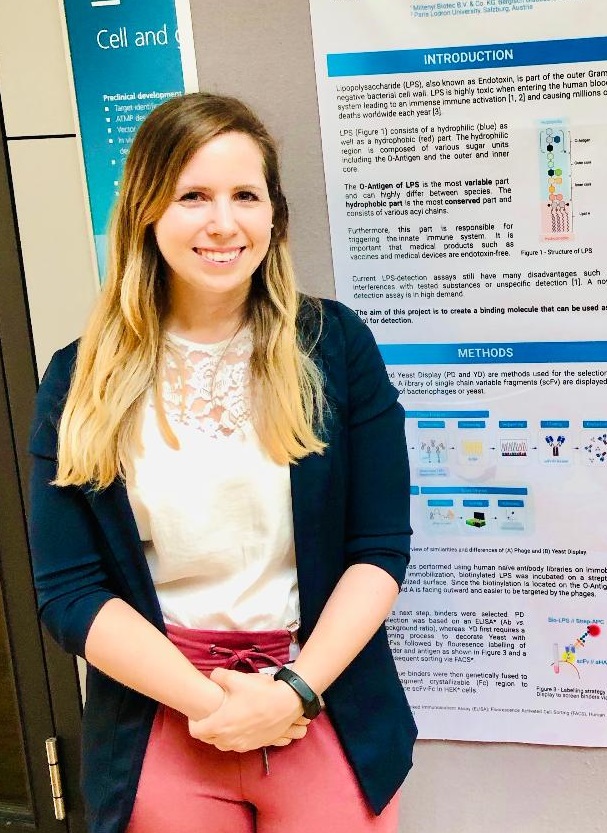Publication of the Month March
Heterogeneity of lipopolysaccharide as source of variability in bioassays and LPS binding proteins as remedy
Alexandra C. Fux, Cristiane Casonato Melo, Sara Michelini, Benjamin J. Swartzwelter, Andreas Neusch, Paola Italiani and Martin Himly
Abstract:
Lipopolysaccharide (LPS), also referred to as endotoxin, is the major component of Gram-negative bacteria’s outer cell wall. It is one of the main types of pathogen-associated molecular patterns (PAMPs) that are known to elicit severe immune reactions in the event of a pathogen trespassing the epithelial barrier and reaching the bloodstream. Associated symptoms include fever and septic shock, which in severe cases, might even lead to death. Thus, the detection of LPS in medical devices and injectable pharmaceuticals is of utmost importance. However, the term LPS does not describe one single molecule but a diverse class of molecules sharing one common feature: their characteristic chemical structure. Each bacterial species has its own pool of LPS molecules varying in their chemical composition and enabling the aggregation into different supramolecular structures upon release from the bacterial cell wall. As this heterogeneity has consequences for bioassays, we aim to examine the great variability of LPS molecules and their potential to form various supramolecular structures. Furthermore, we describe current LPS quantification methods and the LPS-dependent inflammatory pathway and show how LPS heterogeneity can affect them. With the intent of overcoming these challenges and moving towards a universal approach for targeting LPS, we review current studies concerning LPS-specific binders. Finally, we give perspectives for LPS research and the use of LPS-binding molecules.
The open access article can be found here.
Reviewed by Iris Gratz
CONGRATULATIONS!





